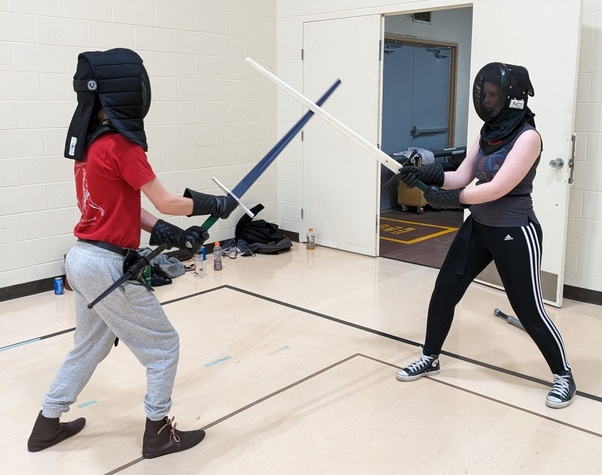Mastering the Art of Dual Wield Fencing: Tips and Techniques for Success
Dual wield fencing, a unique and challenging style that involves wielding two swords at once, requires skill, strategy, and practice to master. Whether you’re a seasoned fencer or just starting out, here are some tips and techniques to help you improve your dual wield fencing skills:
Physical Preparation
Before diving into dual wield fencing, it’s essential to be physically prepared. You should have a good level of cardiovascular fitness, flexibility, and strength in your arms, hands, and core.
- Warm up thoroughly: Before starting any fencing session, make sure to warm up with light cardio exercises and dynamic stretching to get your blood flowing and muscles ready.
- Strengthen your core: A strong core is essential for maintaining balance and stability while dual wielding. Incorporate exercises like planks, sit-ups, and Russian twists into your training routine.
- Develop finger strength: Strong fingers are crucial for gripping and controlling two swords at once. Practice finger exercises like finger bends, finger spreads, and grip strengthening.
Sword Selection
Choosing the right swords is essential for dual wield fencing. Here are some tips to consider:
- Select two identical or similar blades: Using two swords with different weights, balance, or length can make it difficult to coordinate your movements.
- Choose a lightweight blade: A lighter sword will be easier to maneuver and control while dual wielding.
- Consider the tip style: Swords with rounded or blunt tips are more forgiving than those with sharp points.
Basic Stances
Mastering basic stances is crucial for effective dual wield fencing. Here are some essential stances to practice:
- Front stance: Stand with your feet shoulder-width apart, with your dominant foot forward.
- Guard stance: Stand with your feet together, with your swords held in front of you and your weight evenly distributed between both legs.
- Backward guard stance: Stand with your feet together, but lean backward slightly to maintain balance.
Basic Movements
Once you’ve mastered basic stances, it’s time to practice basic movements. Here are some essential movements to focus on:
- Forward and backward steps: Practice moving forward and backward while maintaining balance.
- Side-to-side shuffles: Practice shuffling sideways while keeping your swords in front of you.
- Rotational movement: Practice rotating your body while keeping your swords steady.
Dual Wield Techniques
As you become more comfortable with basic movements, it’s time to learn advanced dual wield techniques. Here are some essential techniques to master:
- Weave and parry: Practice weaving between two opponents’ attacks while using parries to deflect their blows.
- Circular movement: Practice moving in a circular motion while keeping your swords in front of you.
- Switching sides: Practice switching the side of the blade you’re holding while maintaining balance.
Mental Preparation
Dual wield fencing requires mental toughness and focus. Here are some tips to help you prepare mentally:
- Stay focused: Concentrate on your movements and opponents’ attacks.
- Manage pressure: Learn to manage pressure from both opponents and internal expectations.
- Develop a game plan: Develop a strategy for each match, taking into account your strengths and weaknesses.
Training with a Partner
Training with a partner is essential for mastering dual wield fencing. Here are some tips for training with a partner:
- Start slow: Begin with short exercises and gradually increase the duration.
- Focus on coordination: Practice coordinating movements with your partner.
- Practice reactions: Train your partner to attack you suddenly, so you can react and adapt.
Conclusion
Dual wield fencing is a challenging but rewarding style that requires skill, strategy, and practice. By following these tips and techniques, you’ll be well on your way to mastering the art of dual wield fencing. Remember to stay focused, manage pressure, and develop a game plan for each match. Happy training!

Leave a Reply